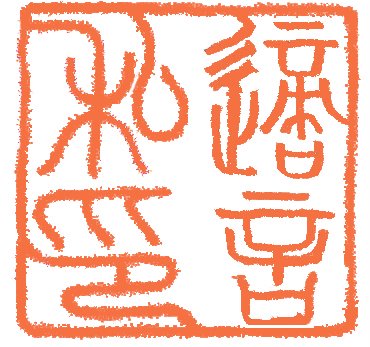I'm pretty sure you can figure out what that number's all about, but what if you wanted it for your own? How would you know whether it's taken.
Maybe there's another, easier way, but here's one way I found. The TN Database lets you cruise for potential phone numbers with a fairly simple interface. First you choose an area code, then an exchange, then you can narrow down the choices by the first two digits of the four-digit suffix (i.e. 800, then 423, then 56xx to get close to a number for my current employer).
The database won't tell you who holds a given number, but it will tell you, usually, if the number is assigned.
In the case of 1-800-328-7448, however, the assignment comes up "unkown." As does, oddly enough, the number for my current employer, and that of a former employer, too.
Go figure.
Subscribe to:
Post Comments (Atom)


7 comments:
Well I know it's not 1-800-54GIANT... done fast, done right - so why don't you just teeeeelllll us? Perty please.
Uhhh, I guess nobody will volunteer that it is off a bumper sticker:
How's my driving? Call 1-800 EAT SHIT. Nice, huh?
Do not call this number to see what it is. It is just an ad for a porn line asking you to call a different number. And after you hang up (after not calling that number) they barrage you with dirty text messages from different numbers trying to get you to dirty text back and forth or call their porn numbers. Do not call this number to see what it is
There are a few sites which tell you if a toll-free number is in the "available pool" and unassigned, tollfreenumbers.com is one, also vitelity.com/custom_toll_free or maybe 800forall.com - but if it's already taken (and all true 1-800 and 1-888's are, unless your provider set a few aside) odds are this will only tell you which RespOrg (usually a carrier or long-distance company) has the number, not which subscriber. Toll-free numbers are assigned one at a time, unlike local numbers which are doled out to local telcos in blocks of 1000 or 10000 in each rate centre.
For local numbers, localcallingguide.com or telcodata.us will tell which carrier originally had the block of numbers (also try nanpa.com in the US or cnac.ca in Canada) but won't identify the subscriber or tell if the number has been ported to another carrier.
There are a few consumer-complaint sites like 800notes.com that can identify problem numbers (usually telemarketers or debt collectors); reverse lookup of legit numbers might be possible on 411.info, 411.ca and the like. Overall, though, the options are limited. Sometimes tossing the number into a web search engine finds something, but the results are spammy, often-outdated and rather hit-and-miss.
1-800 is a mess as some phone sex spammer in Philly has been cybersquatting millions of numbers (there are only about 7.8 million valid numbers in an entire area code) through a half-dozen shell companies while the US FCC does nothing. Hoarding, brokering and warehousing toll-free numbers is illegal, but with no enforcement the regulation is worthless.
I'm interested in a vanity number. Is there any way I can try to purchase it from current owner? Any ideas on how I might be able to find out who the owner is if it is not easily accessible?
Is there any good ideas/ways to make money on users calling a 1-800 or 1-900 number for fun pranking purposes (i.e., Not sex hotlines )?
too late fuck
But what if I didn’t get to that part
Post a Comment